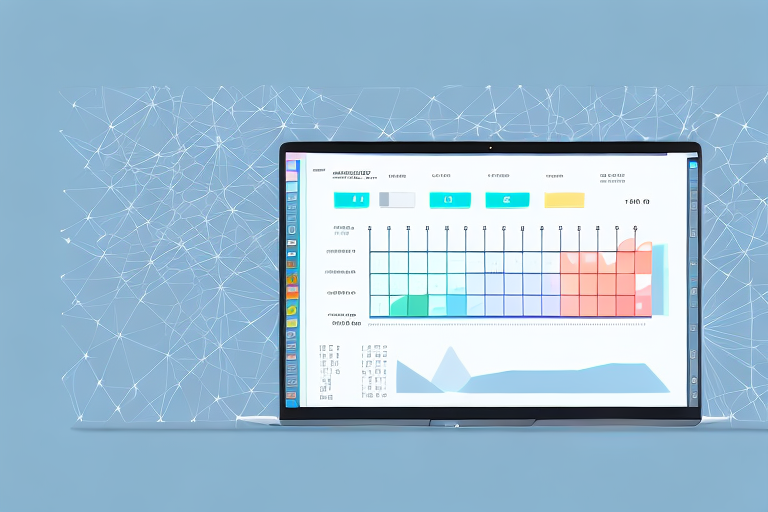Why Determining the Value of Your USPS Package Matters
Accurately determining the value of your package before shipping with the United States Postal Service (USPS) is essential for several reasons. It ensures you pay the correct postage fees, provides adequate protection against potential loss or damage, and complies with legal and tax requirements. Understanding the value of your package helps in making informed decisions about shipping methods and insurance options.
Factors Influencing the Value of Your USPS Package
Multiple factors can affect the declared value of your USPS package:
- Item Nature: High-value items such as electronics, jewelry, and collectibles naturally increase the package's overall value.
- Age and Condition: Newer and well-maintained items typically have higher market values compared to older or damaged items.
- Shipping Destination: International shipments may incur additional customs fees or taxes, impacting the declared value.
- Weight and Size: Heavier and larger packages generally increase shipping costs and may influence the overall value declaration.
- Shipping Speed: Expedited shipping options can affect the total cost and, consequently, the declared value for insurance purposes.
How to Accurately Calculate the Value of Your USPS Package
Determining the accurate value of your USPS package involves assessing various aspects of the items being shipped:
- Professional Appraisal: For valuable or unique items, consulting with a certified appraiser can provide an accurate valuation based on condition, rarity, and market demand.
- Online Marketplaces: Platforms like eBay or Amazon can offer insights into the current market value of similar items.
- Original Purchase Price: Referencing the original receipt or invoice can help determine the item's value, especially if it hasn't significantly depreciated.
Accurate valuation is crucial not only for setting appropriate shipping fees but also for ensuring sufficient insurance coverage. Over or under-declaring the value can lead to financial discrepancies in case of loss or damage.
Understanding USPS Insurance and Protecting Your Package
USPS offers insurance services to protect the value of your package during transit. This coverage safeguards against loss, damage, or theft, providing financial reimbursement based on the declared value.
- Coverage Limits: USPS insurance covers up to $50,000 for domestic shipments and varying amounts for international deliveries, depending on the service chosen.
- Claim Process: In the event of loss or damage, you must file a claim with supporting documentation, including proof of value and postage.
- Exclusions: Certain items like fragile or perishable goods may have restricted coverage under USPS insurance policies.
For more details on USPS insurance options, visit the official USPS insurance page.
Selecting the Right USPS Insurance for Your Package
Choosing the appropriate USPS insurance involves evaluating the value and nature of your package:
- Priority Mail Insurance: Offers coverage up to $100 for domestic and $200 for international shipments.
- Priority Mail Express Insurance: Provides up to $100 coverage for both domestic and international shipments, with automatic insurance for items valued up to $200.
- USPS Retail Ground Insurance: Covers packages up to $50,000 within the United States.
Consider factors such as the item's value, fragility, and the shipping destination when selecting the appropriate insurance type.
Steps to Take if Your USPS Package is Lost or Damaged
If your USPS package is lost or arrives damaged, follow these steps to file a claim:
- Gather all necessary documentation, including the original receipt, tracking number, and proof of the item's value.
- Visit the USPS claims page to initiate the claim process.
- Provide detailed descriptions and, if applicable, photographic evidence of the damage.
- Submit the claim within the required timeframe, typically within 60 days for domestic shipments.
- Monitor the claim status through the USPS tracking system or by contacting USPS customer service.
Timely and accurate submissions increase the likelihood of successful reimbursement.
Best Practices for Safely Packing and Shipping High-Value Items with USPS
Proper packaging is critical when shipping high-value items to prevent damage and ensure safe delivery:
- Use Sturdy Packaging: Select high-quality boxes or containers that can adequately support the item's weight and size.
- Cushioning Materials: Utilize bubble wrap, packing peanuts, or foam inserts to protect the item from impact and movement during transit.
- Secure Sealing: Apply strong packing tape to all seams and openings to prevent accidental openings during shipping.
- Clear Labeling: Clearly display both the shipping and return addresses, and avoid disclosing sensitive item information on the exterior.
- Choose the Right Shipping Service: Opt for services that offer tracking and expedited delivery options for added security.
Implementing these practices minimizes the risk of damage and enhances the likelihood of timely and secure delivery.
Common Mistakes to Avoid When Determining Your USPS Package Value
Avoiding common valuation mistakes ensures that your package is adequately protected and that you avoid unnecessary costs:
- Undervaluing Items: Declaring a value lower than the actual worth can lead to insufficient insurance coverage, resulting in financial loss if the package is compromised.
- Overvaluing Items: Inflating the declared value can unnecessarily increase shipping and insurance costs without providing additional benefits.
Always strive for an accurate and honest valuation based on the item's true market value to maintain a balance between cost and coverage.
The Legal Implications of Under- or Over-Valuing Your USPS Package
Incorrectly declaring the value of your package can have serious legal consequences:
- Under-Valuing: Intentionally declaring a lower value to evade customs duties or taxes is illegal and can result in fines, package seizure, or legal prosecution.
- Over-Valuing: Falsely inflating the value for higher insurance payouts is considered insurance fraud, a federal offense that can lead to imprisonment and substantial fines.
To avoid these repercussions, always provide truthful and accurate valuations when shipping packages.
How to File a Claim with USPS for Lost, Damaged, or Undervalued Packages
Filing a claim with USPS requires careful preparation and submission of the necessary documentation:
- Access the USPS claims portal to start the claim process.
- Provide detailed information, including the tracking number, date of shipment, and recipient details.
- Submit proof of the item's value, such as receipts or appraisals, along with evidence of damage if applicable.
- Complete the claim form accurately and thoroughly to expedite processing.
- Monitor the claim status and respond promptly to any additional information requests from USPS.
Ensuring that all information is accurate and complete increases the likelihood of a successful and timely claim resolution.
Conclusion
Accurately determining the value of your USPS package is fundamental to ensuring proper shipping costs, adequate insurance coverage, and compliance with legal requirements. By understanding the factors that influence package value, selecting the right insurance options, and following best practices for packing and shipping, you can safeguard your items against potential risks during transit. Additionally, avoiding common valuation mistakes and being aware of the legal implications helps maintain integrity and financial security. Utilize the resources provided by USPS and other authoritative sources to make informed decisions and ensure a smooth shipping experience.








